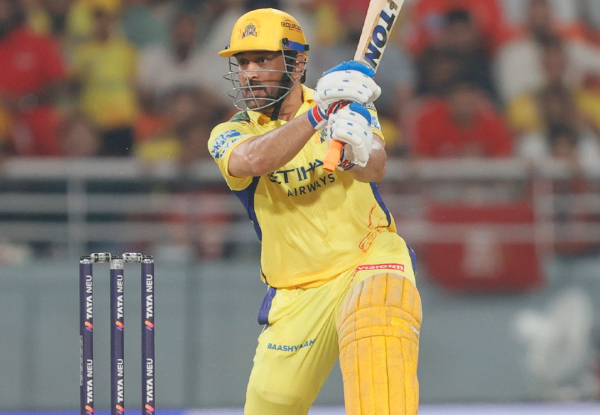Why did Jaspal Rana slam NRAI selection policy? Find out
Vinesh Phogat Pic:X
Xtra Time Web Desk: In a devastating blow to India's Olympic hopes, star wrestler Vinesh Phogat was disqualified from the Paris Olympics 2024 just hours before her gold medal bout in the women's 50kg category. Vinesh, who had successfully made weight on Day 1 of the competition, was found to be 100 grams over the limit on Day 2, disqualifying her from the final match.
Akos described the weight losing experience as harrowing, with Vinesh working out from midnight until 5:30 a.m. in a bid to shed the excess weight. She endured rigorous cardio sessions and time in the sauna, even collapsing at one point. Akos admitted that he feared for her life during the ordeal, underscoring the severe risks associated with extreme weight-cutting.
Read More:
“No system to protect shooters,” Jaspal Rana slams NRAI selection policy
The weight rebound occurred after Vinesh's semi-final victory against Cuba's Lopez Guzman, with her weight increasing by 2.7 kilograms. Her coach, Woller Akos, along with the team’s nutritionist and doctor, made desperate attempts to reduce her weight overnight, but their efforts fell short. In a now-deleted Facebook post, Akos detailed the grueling process, revealing that despite hours of intense exercise and sauna sessions, they could not bring Vinesh's weight down to the required limit.
Weight-cutting, a common practice in combat sports, involves rapidly losing weight to qualify for lower weight categories. This is often done by reducing water intake, engaging in intense physical activity, and using saunas to expedite sweating. However, the practice carries significant dangers, including severe dehydration and potentially fatal complications. The death of Chinese MMA fighter Yang Jian Bing in 2015 from cardiopulmonary failure due to dehydration highlights these risks.
Read More:
Paris Olympics 2024: Neeraj Chopra on chasing 90m, 'It’s in the Hands of the Gods'
Vinesh's disqualification brings renewed attention to the perilous nature of weight-cutting, raising questions about the safety protocols in place to protect athletes under intense pressure to meet stringent weight requirements.



23.jpg)
22.jpg)
